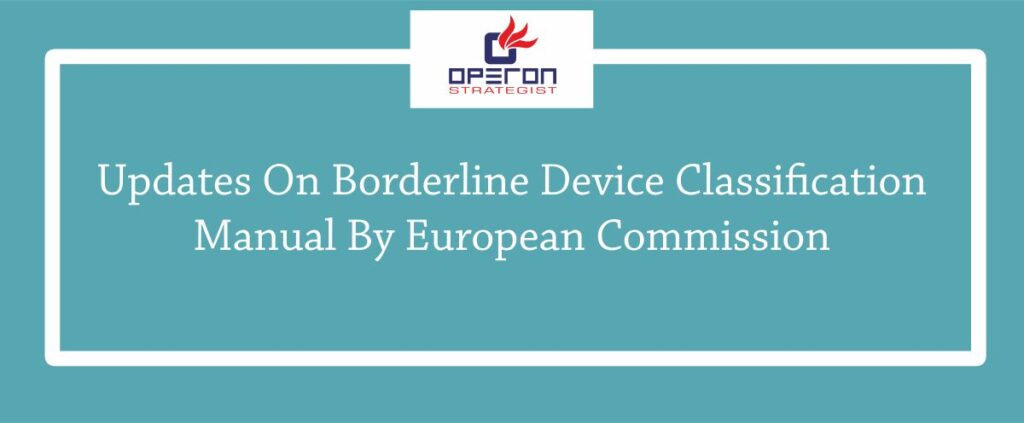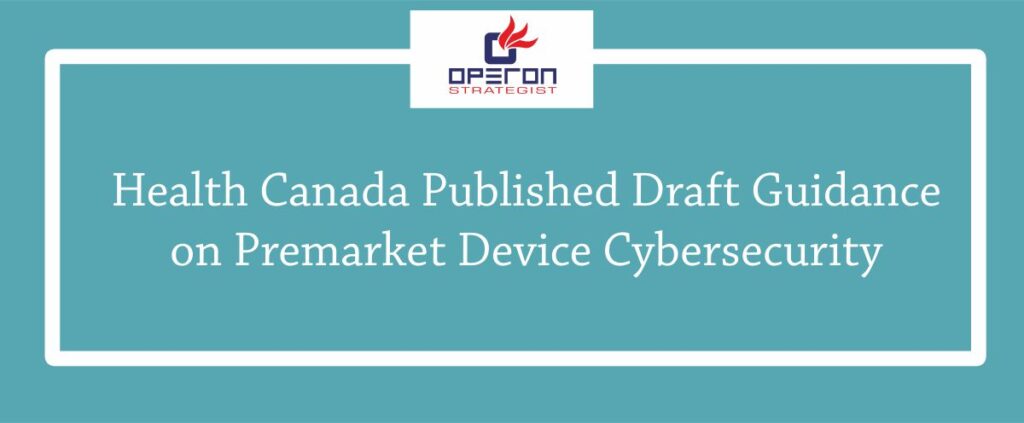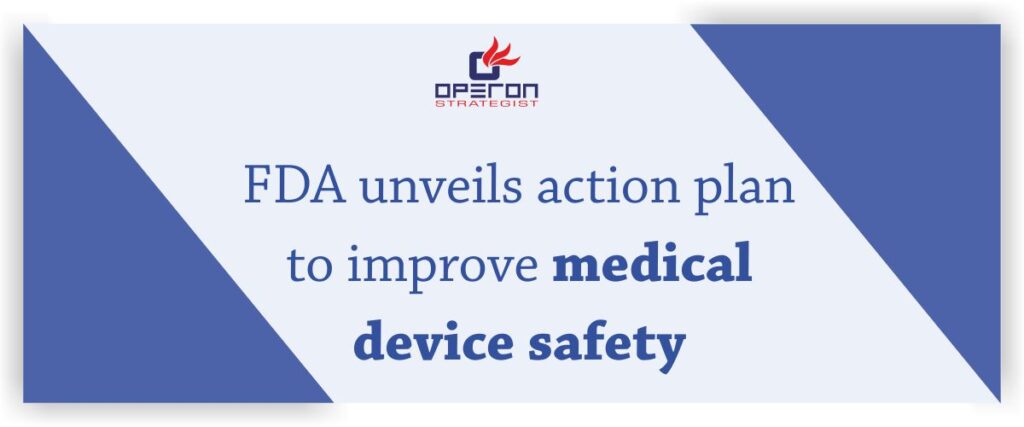Manual on Borderline and classification in the community regulatory framework for medical devices.
Version 1.19(04-2018)
This manual shall only serve as “tool” for the case-by-case application of Community legislation by the member-states. It is for the national competent authorities and national courts to assess on a case-by-case basis. Borderline Device Classification cases are considered to be those cases where it is not clear from the outset whether a given product is a medical device, an in vitro diagnostic medical device, an active implantable medical device or not. Or alternatively, borderline cases are those cases where the product falls within the definition of a medical device but is excluded from the Directives by their scope. Where a given product does not fall within the definition of the medical device or is excluded by the scope of the Directives, other Community and/or national legislation may be applicable.
Borderline Device Classification cases can be described as those cases where there exists a difficulty in the uniform application of the classification rules as laid down in the MDD (or where for a given device, depending on the interpretation of the rules, different classifications can occur).
This manual represents the views agreed by the regulators in this group, after a broad consultation with stakeholders, on products, or categories of products, which have raised doubts. The Commission, Member States and other stakeholders concluded that guidance is needed which goes beyond abstract rules and addresses their actual application.
However, despite the updated recommendations made in the manual, some medical devices\’ classification could potentially change under the EU\’s new Medical Devices Regulation (MDR) and In Vitro Diagnostic Regulation (IVDR), which come into effect in 2020 and 2022, respectively.
Under both the MDR and IVDR Borderline Device Classification decisions are still left up to the individual member states, though for consistency, the European Commission will have the authority to, on its own initiative or at the request of a member state, make decisions on specific borderline products in consultation with the Medical Device Coordination Group (MDCG) and with any other relevant EU regulatory authority, such as the European Medicines Agency (EMA), European Chemicals Agency (ECA) or the European Food Safety Authority (EFSA).
-
adminhttps://operonstrategist.com/author/admin-2/
-
adminhttps://operonstrategist.com/author/admin-2/
-
adminhttps://operonstrategist.com/author/admin-2/
-
adminhttps://operonstrategist.com/author/admin-2/





